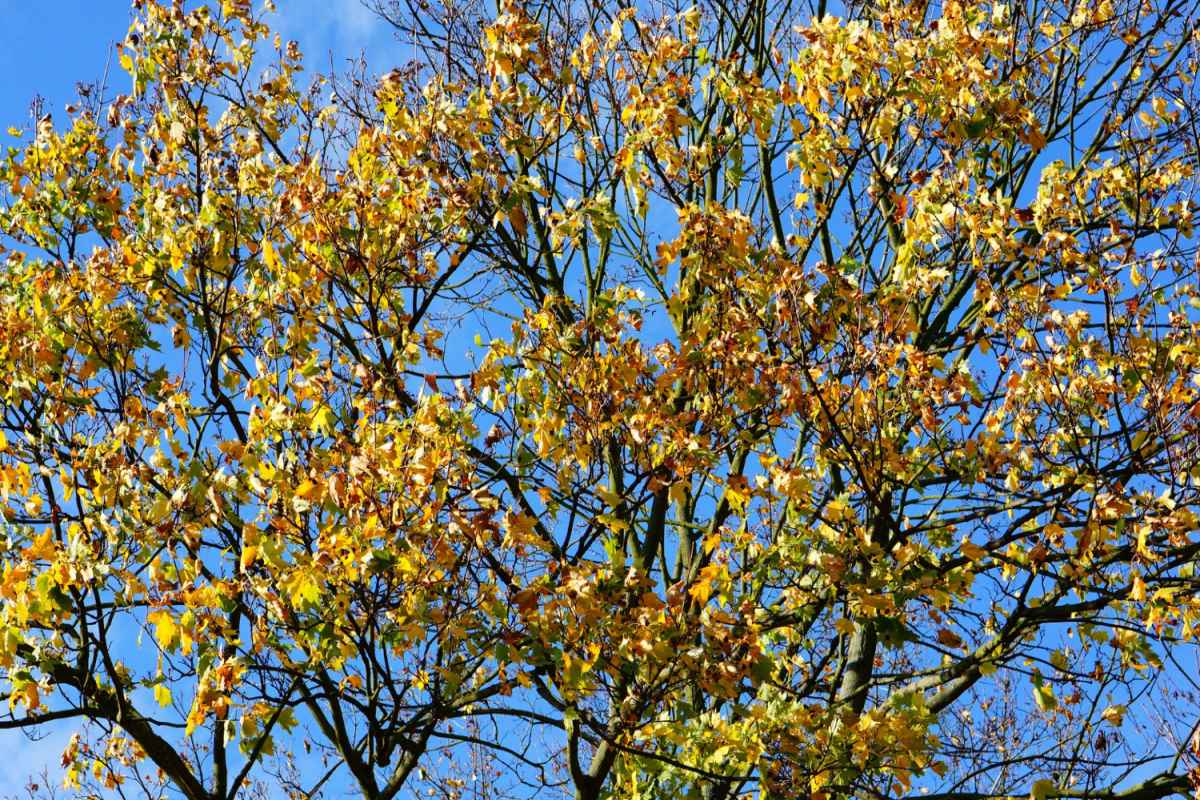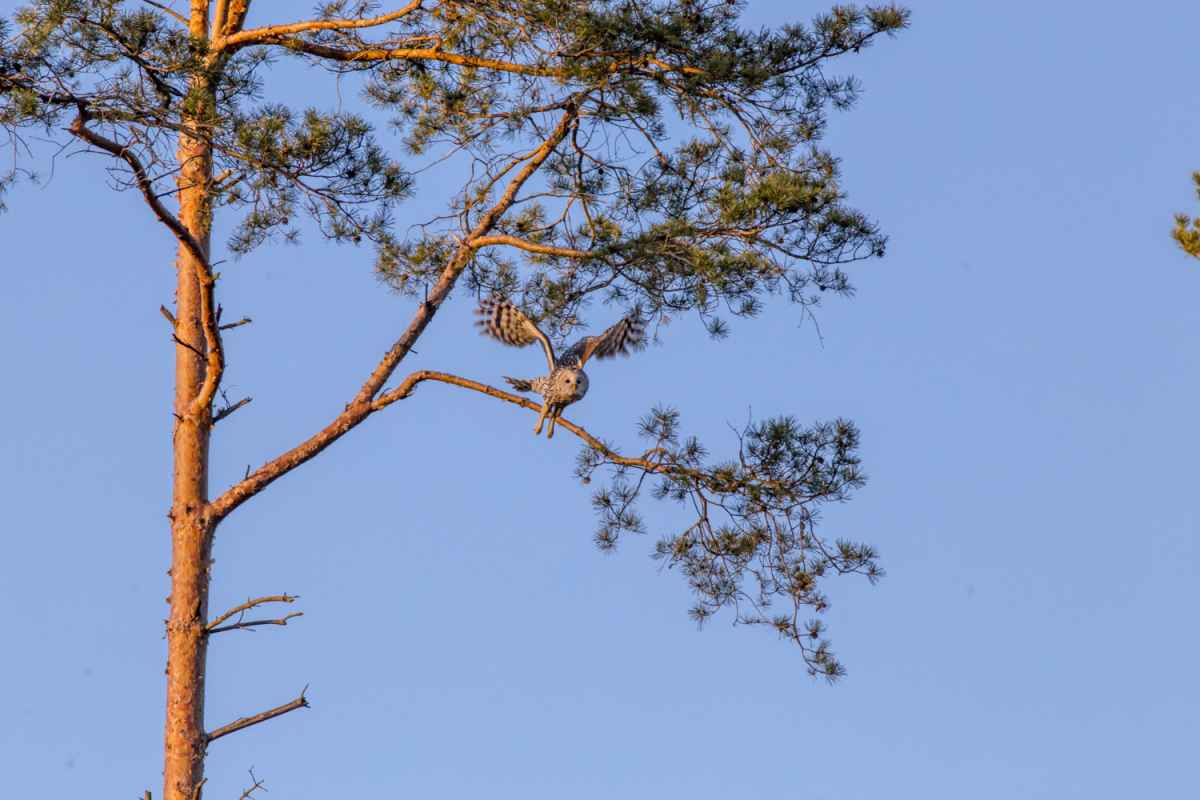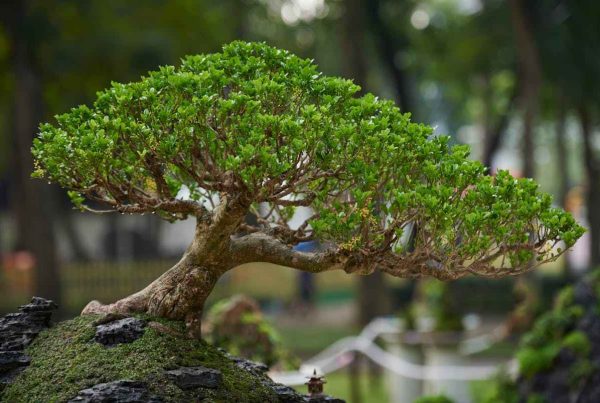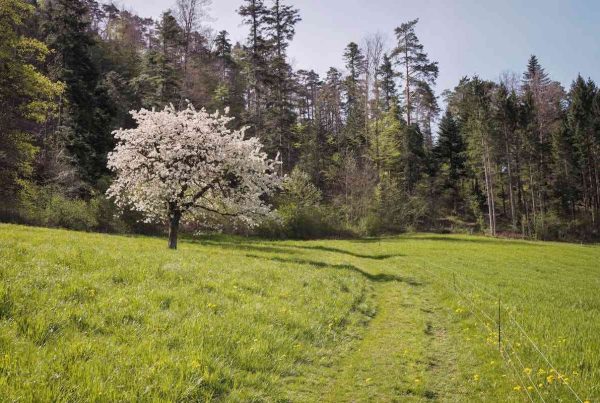About Aesculus californica

California Buckeye Tree
People refer to the large tree as Aesculus californica. They call it the California Buckeye. This tree earns its popular nickname as the California Buckeye. It is the only species of Buckeye native to California. The base is large. It averages 12 to 24 feet tall and 40 feet wide. It supports a spread that some say looks like a small tree or large shrub. One of the first deciduous trees sheds its leaves in the first winter. It grows its green leaves in the first summer and blooms white flowers soon after. The color of the flower reaches the upper part of the leaves, unlike the dark leaves. Bright fruits appear at the end of summer, and they become smaller as summer begins. This tree attracts many butterflies all year round and is drought- and deer-resistant. Other common names include California horse chestnut.
Make your dog more effective with training by [eafl id=”6177″ name=”Brain Training for Dogs – Unique Dog Training Course!” text=”Brain Training for Dogs – Unique Dog Training Course!”]
Care and Planting Instructions
Plant California Buckeye in full sun to reduce shade. Use well-drained soil. Moisten the soil frequently following transplantation. This boosts the plant’s rapid startup. Then, water less often. This plant is drought-tolerant and tolerates temperatures below 5 degrees Fahrenheit.
Ideas for Landscape Design
Aesculus californica can be planted in large numbers. They can line parks or shopping streets. It can be planted as a small or large tree. It is used to make property boundaries more attractive or to create walkways. This species is a good choice for steep, dry areas to add interest and invite local wildlife.
| Characteristic | Details |
|---|---|
| Botanical Name | Aesculus californica |
| Common Name | California Buckeye |
| Average Landscape Size | 12-25 feet tall x 40 feet wide |
| Plant Type | Deciduous |
| Bloom Color | White |
| Berry Color | Cream |
| Foliage Color | Dark Green |
| Forms | Multi-trunk tree |
| Sizes | 15 gallon |
| Special Features | Attracts Butterflies, California Native Plant, Deer Deterrent, Drought Tolerant, Showy Spring Flowers, Waterwise |
Planting California Buckeye trees is a great way to add shade and benefits to your home. California Buckeyes are easy to grow. They also provide habitat for native wildlife and pests. By learning about California Buckeyes, homeowners can make an informed decision. They can decide if this tree is right for their yard.
California Buckeye Information
California Buckeye trees are native to parts of California and southern Oregon. They also grow in parts of southern Oregon. This tree is well adapted to growing in areas where water is scarce. Drought is possible due to local conditions. In fact, California buckeye trees are unique in their lack of sunlight.
As summer warms up, California buckeye trees may shed their leaves. It’s a way to survive tough growing conditions. The tree is the first to begin flowering. Abundant growth will continue after temperatures cool down.
Although mature trees are very tall, the California buckeye is known to grow very large. In the spring, the tree is covered in clusters of bright, white flowers. They attract hummingbirds and insects. This tree is a perfect candidate for those who want to add an eye-catching element to their home. It is important to remember that all parts of this tree, including its fruits, are poisonous. California buckeye should not be eaten. It contains toxins that harm humans and animals.

Plant California Buckeye
How to Plant California Buckeye
Growing California Buckeye trees is simple. They must little maintenance once established. However, you must meet development requirements. Trees need a good planting site with at least 6 to 8 hours of sunlight each day.
For those wanting to grow California Buckeye, the best way is to purchase seedlings. You can obtain them from a garden center or nursery. Transplantation is most likely to occur in native-growing trees.




